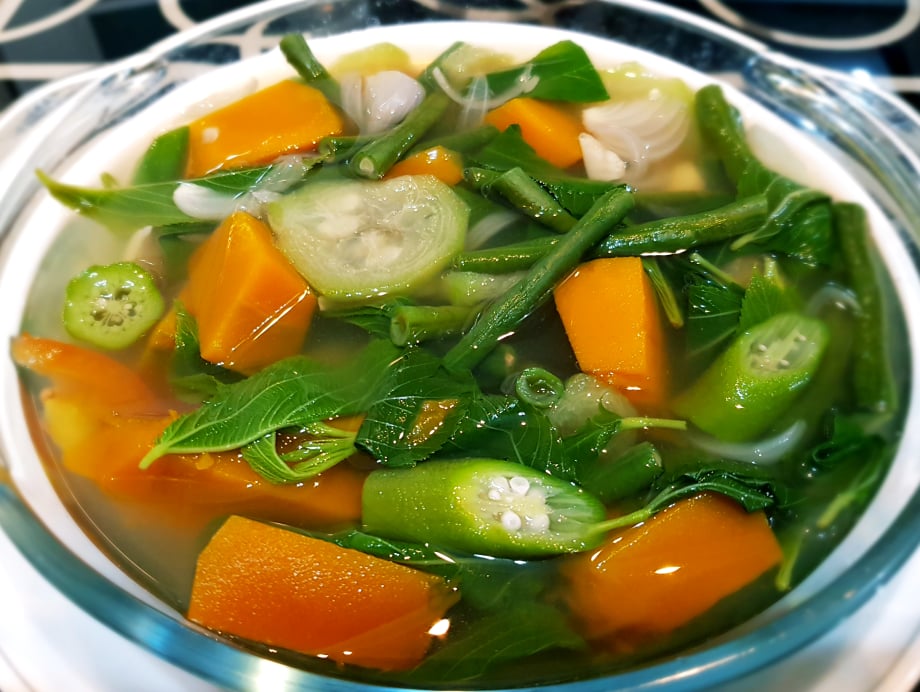The Visayan city is the first creative city for gastronomy in the Philippines.
On World Cities Day last October 31, the United Nations Educational, Scientific and Cultural Organization (UNESCO) listed 55 new inclusions to its network of creative cities—locales that are “acknowledged for their strong commitment to harnessing culture and creativity as part of their development strategies, and displaying innovative practices in human-centered urban planning.”
Heralded as a creative city for gastronomy, Iloilo is the latest addition from the Philippines. The Visayan destination joins Baguio (creative city for craft and folk art) and Cebu (creative city for design), which were included in UNESCO’s list in 2017 and 2019, respectively.
Iloilo has long been recognized as a premier food destination locally, so it’s about time that the world got to learn more about the Ilonggo recipes that have made a mark in Philippine cuisine. Interestingly, many of the well-loved dishes from the city are soups—perfect companions on a rainy day or a cold night. Check out some of them below:
Pancit molo
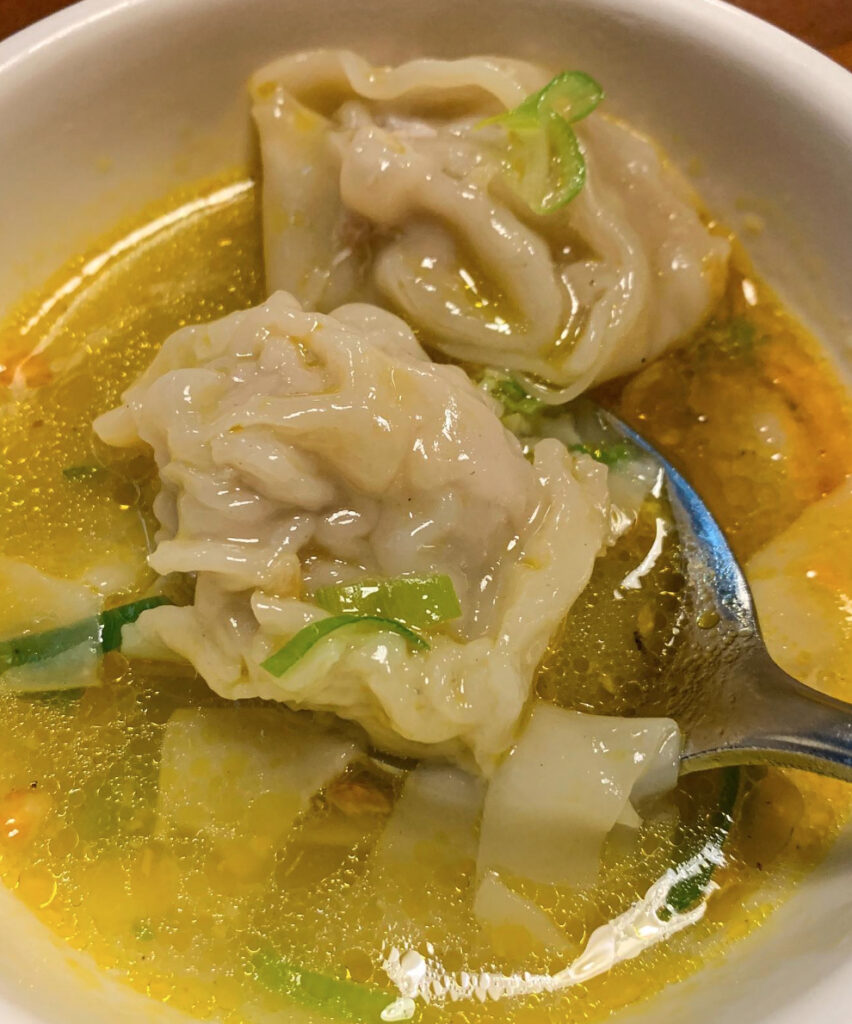
“Tita, why are you putting siomai in soup?” I would always ask my aunt whenever she cooked pancit molo at home. While I grew up in Laguna, I trace some of my roots in Negros Occidental and Iloilo. Hence, some Ilonggo dishes made it to our table growing up.
Pancit molo was always a mystery to this Luzon native, because it looked just like a bunch of loosely wrapped siomai boiled in soup; where were the noodles? It was only when I got older that I understood it better: the “noodles” were the loose wonton wrappers themselves, completing the mix of filled dumplings, shredded chicken, and hearty broth.
Those who wish to taste authentic pancit molo can visit the district of Molo in Iloilo, where the dish originated. Founded as a Chinese community in the 17th century, the town was an important intellectual and cultural center during the 1800s.
La Paz batchoy
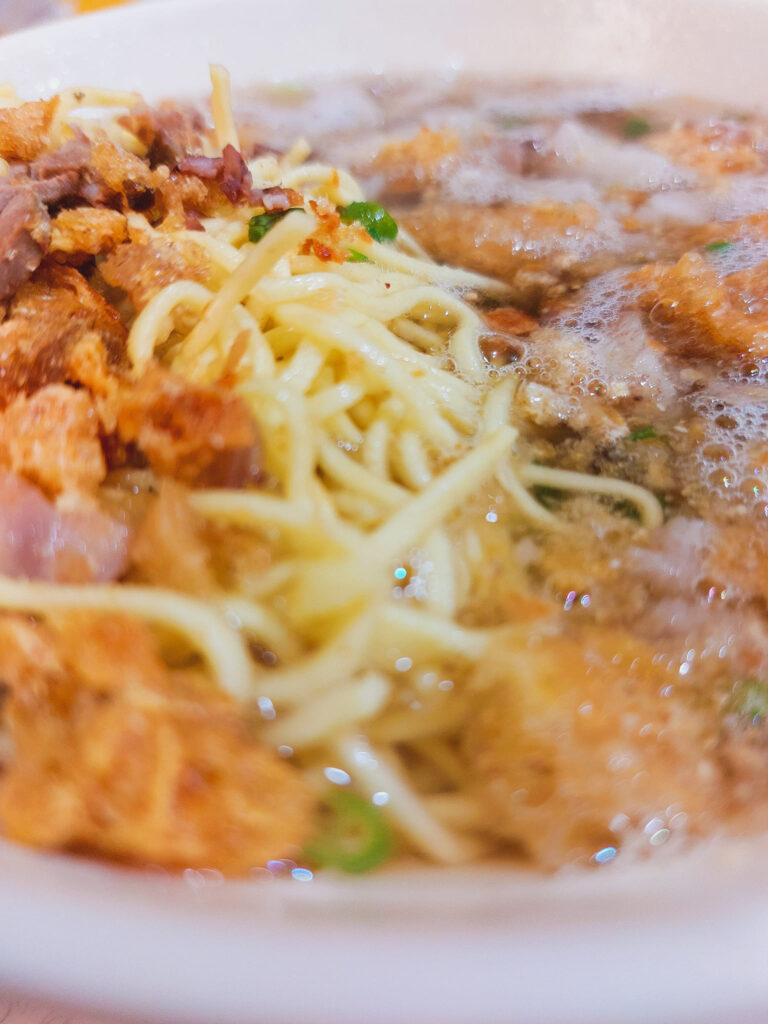
Admittedly, I first encountered the instant version of La Paz batchoy before I learned of the OG. Continuing the trend of dishes named after the places where they were founded, this hearty noodle dish traces its roots from the district of La Paz in Iloilo.
La Paz batchoy brings to mind memories of rainy days in wet markets and at home, where a comforting bowl of a savory broth, egg noodles, pork offal, chicharon, beef strips and whole eggs warms the stomach and fills one’s appetite with meaty goodness.
While there are several accounts on La Paz batchoy’s origins, there are some common denominators: that the dish was a family recipe eventually sold in shops in the early 1900s, and that there is a marked Chinese influence in the dish’s creation.
KBL (kadyos, baboy, langka)
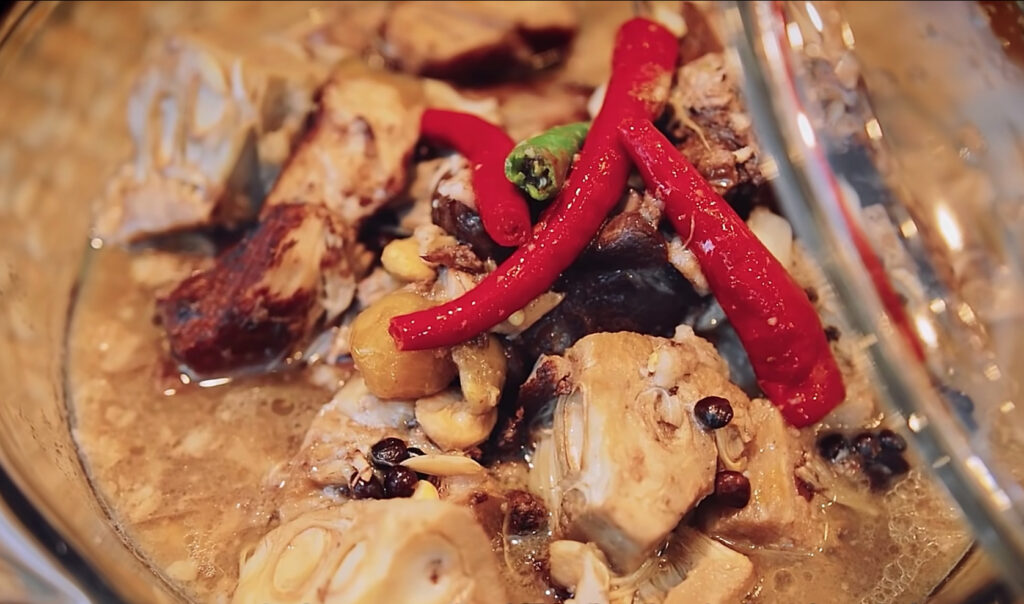
Admittedly, KBL was a mystery to me when I first had it in Bacolod, and even more so when I visited Jaro in Iloilo. I found the mix of kadyos (pigeon peas), pork, and langka (jackfruit) quite jarring visually, what with the dark legumes and the oft-purple color of the soup, but I guess one could say the same for all our other soup dishes like tinola, sinigang, or nilaga.
Visuals aside, for me, what ties everything together in KBL is the souring agent used—batwan. The acidity cuts through the earthy kadyos, the savory pork, and the subtly sweet and fibrous langka. It’s best paired with a hot heap of plain white rice, a blank flavor canvas to accentuate the various flavors of KBL.
Kansi
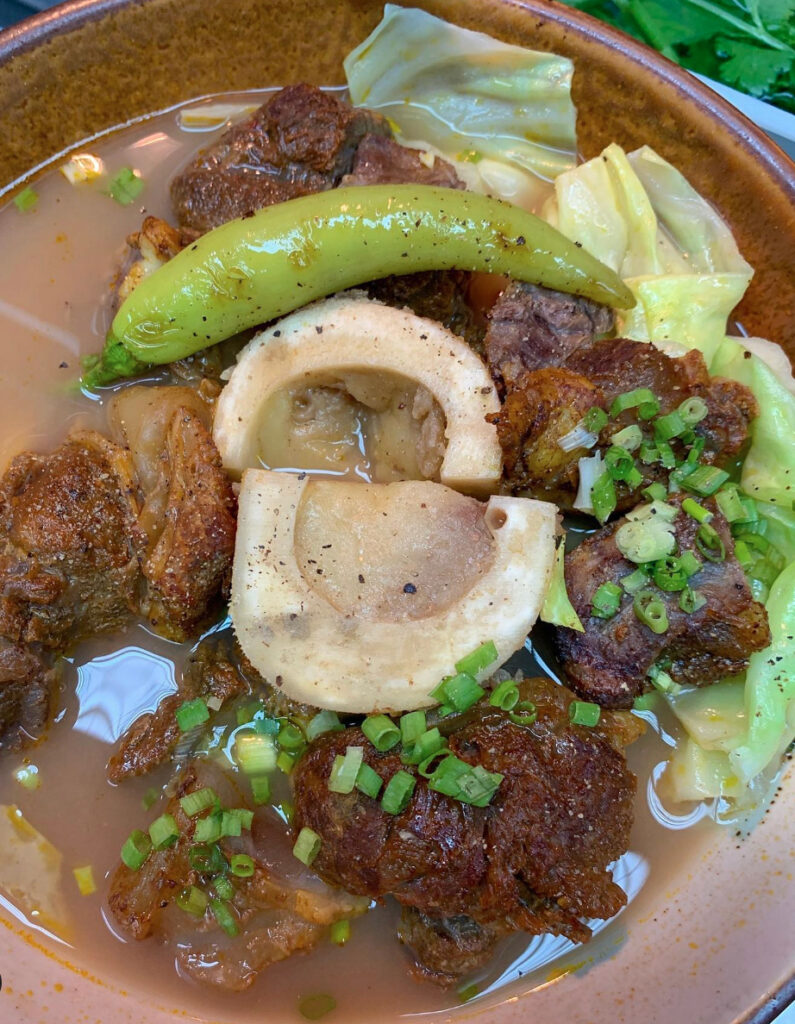


Batwan makes another appearance in this sour beef soup dish that is also perfect for rainy days with heaps of hot white rice and, interestingly, a few bottles of beer. Boiled beef shanks take in the sourness from batwan, mixed in with unripe jackfruit, atsuete (annatto), peppers, lemongrass, and other aromatics.
The soup has such a distinctive taste that it’s actually possible to order just the broth in some Ilonggo-style restaurants and still finish a bowlful feeling satisfied.
Laswa
Ah, the dish that taught me at an early age how to eat vegetables. I don’t mean that laswa made me appreciate vegetables as a kid, but because everything is boiled and somehow slippery, I learned how to eat my vegetables with as little chewing and resistance as possible. (Admittedly to this day, I have my reservations with certain vegetables.)
However, others revel at how simple yet satisfying this vegetable soup is: pumpkin, eggplant, okra, chayote (sayote), sponge gourd (patola), various beans, and practically other vegetables you prefer are boiled and seasoned with only garlic, onions, tomatoes, salt, and pepper. Other recipes call for shrimp, fish, or other seafood, but it’s not required.
Iloilo has so much more to offer aside from these sumptuous soups, and the first-ever creative city for gastronomy in the Philippines is just waiting for you to visit and explore its culinary landscape.



